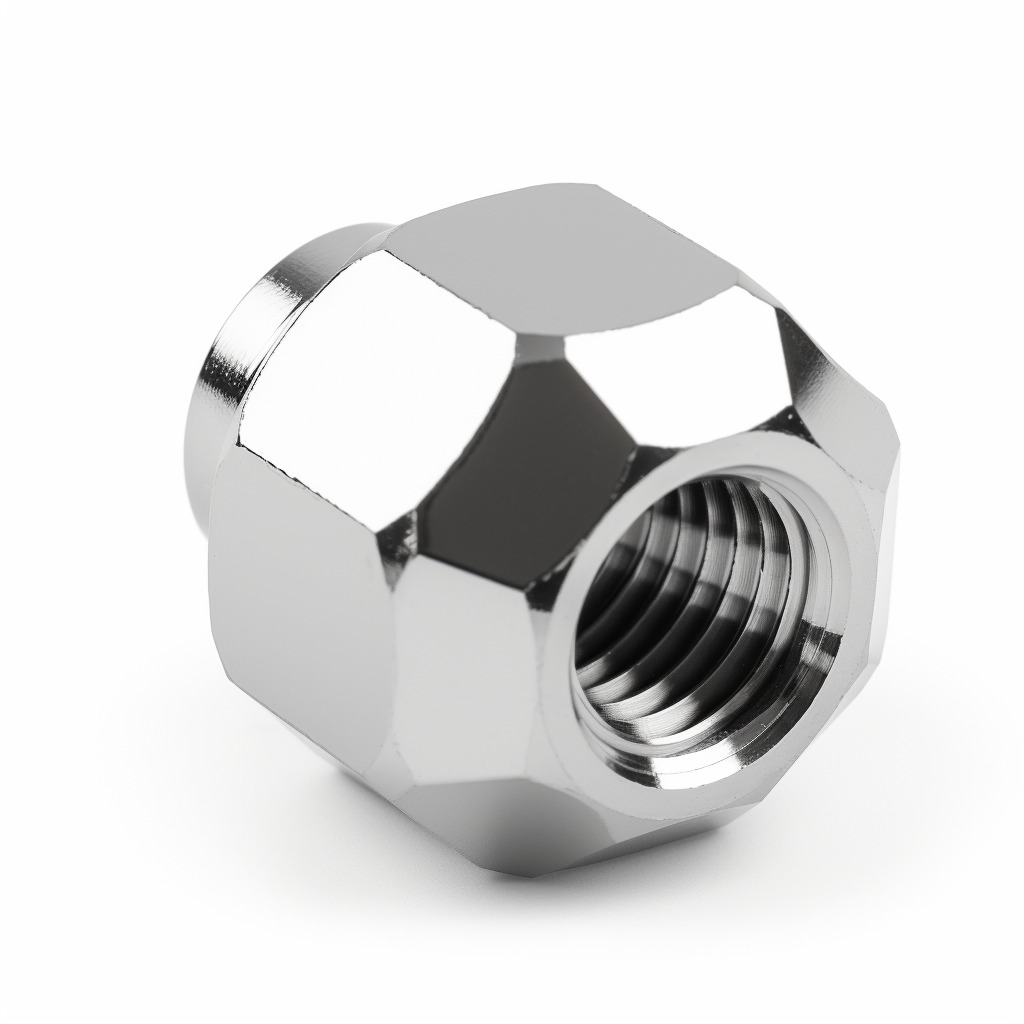Lug nuts are an important component of any vehicle’s wheel system, as they secure the wheels to the vehicle’s hub. When it comes to lug nuts, there are two main types: open end and closed end. In this article, we will explore the differences between these two types of lug nuts, their advantages and disadvantages, and which one might be the better choice for your vehicle.
Open End Lug Nuts
Open end lug nuts are designed with a hexagonal opening at one end, allowing you to tighten or loosen them with a socket or wrench. The other end of the nut is open, which makes it easy to slide onto the wheel stud. One of the main advantages of open end lug nuts is that they are easier to install and remove than closed end nuts. This is because the open end allows you to simply slide the nut onto the stud, instead of having to thread it on like you would with a closed end nut.
Another advantage of open end lug nuts is that they are lighter in weight than closed end nuts. This may not seem like a big deal, but when you are trying to shave weight off your vehicle for racing purposes, every little bit counts. Open end lug nuts are also less expensive than closed end nuts, which can be another advantage for those on a tight budget.
However, there are some downsides to open end lug nuts as well. Because the end of the nut is open, it is more susceptible to damage from dirt, debris, and corrosion. Over time, this can cause the nut to become stripped or damaged, which can make it difficult to remove or tighten. Additionally, the open end of the nut can collect water and moisture, which can cause rust and corrosion to form.

Closed End Lug Nuts
Closed end lug nuts are designed with a closed end that covers the threads of the wheel stud. This provides better protection against dirt, debris, and corrosion, which can help to prolong the life of the lug nut. Because the threads are covered, closed end lug nuts are less likely to become stripped or damaged over time.
Another advantage of closed end lug nuts is that they provide better cosmetic appeal. The closed end of the nut gives it a more finished look, which can be especially important for show vehicles. Additionally, closed end lug nuts are less likely to collect water and moisture, which can help to prevent rust and corrosion from forming.
However, there are some downsides to closed end lug nuts as well. Because the end of the nut is closed, it can be more difficult to install and remove than open end nuts. This is because you have to thread the nut onto the stud, which can be a more time-consuming process. Additionally, closed end lug nuts are typically heavier than open end nuts, which can be a disadvantage for racing applications.
Which One Is Better?
So, which type of lug nut is better – open end or closed end? The answer to that question depends on your specific needs and preferences. If you are looking for a lightweight, affordable option that is easy to install and remove, open end lug nuts may be the better choice for you. On the other hand, if you want a lug nut that provides better protection against dirt, debris, and corrosion, and has a more finished appearance, closed end lug nuts may be the way to go.
Ultimately, the decision between open end and closed end lug nuts comes down to personal preference. Both types of nuts have their advantages and disadvantages, and which one you choose will depend on your specific needs and priorities. If you are unsure which type of lug nut is right for your vehicle, it is always a good idea to consult with a professional mechanic or automotive expert. They can help you choose the best lug nuts for your specific vehicle and application.
